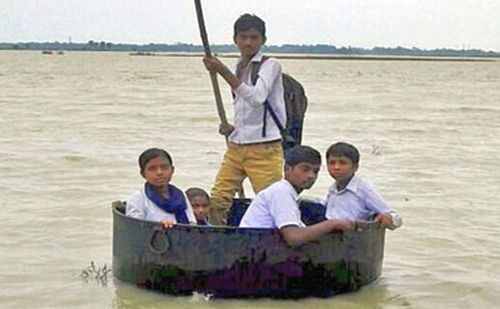'Temperature and wind can be predicted more easily than rainfall.'
'Rainfall, as common experience suggests, is very spotty.'
'The last bit of physics required that tells us whether it is going to rain or not is very hard.'
Professor Roddam Narasimha, the eminent scientist, explains the monsoon, climate change and global warming, in a fascinating conversation with Shivanand Kanavi.

Professor Roddam Narasimha, FRS, is a distinguished aerospace scientist, and among the first few Indian engineers to be elected to several leading international academies like the Royal Society, the US National Academies of Sciences, National Academy of Engineering and the American Academy of Arts and Sciences.
He has contributed enormously to the development of aeronautical and space sciences in India.
Presently at the Jawaharlal Nehru Centre for Advanced Scientific Research, Bengaluru, one of his current areas of research is cloud evolution and dynamics, a subject of great relevance to the Indian monsoon and global climate change.
A conversation between Shivanand Kanavi and Professor Roddam Narasimha. The first of a two-part feature:
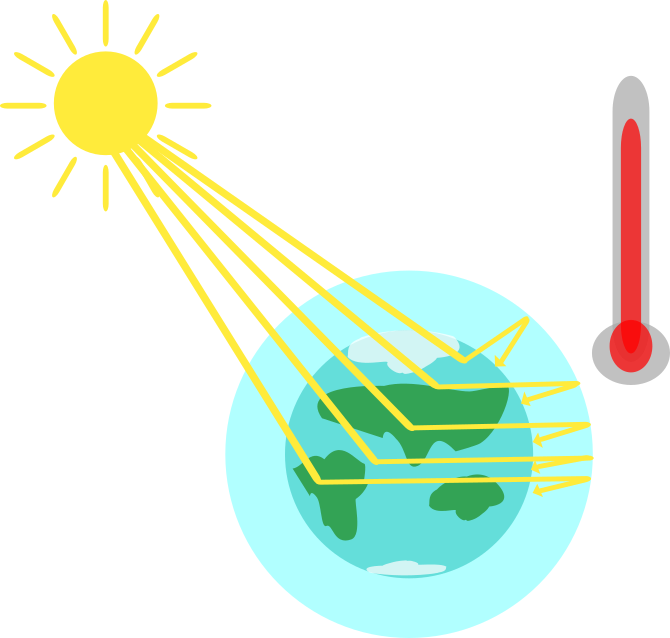
What fascinates you about clouds and what are the unsolved issues there?
Clouds are central to two major problems today -- one is climate change.
The largest uncertainty in the prediction of climate change has to do with clouds.
In the research done by different groups in the world, about which way the atmosphere may go as you emit more greenhouse gases and various other substances into the atmosphere, every now and then something happens that doesn't agree with what is predicted.
The last ten years are a good example.
So there are always sceptics who say 'those models are no good and that you are just making alarmist statements.
If you can't explain why the earth's temperature hasn't gone up in the last 10 years, how can we believe anything you say!'

Michael Crichton wrote a novel, and half of it is a polemic about climate change. Have you read it, it is quite interesting?
Yes, it is quite interesting.
Actually some physicists are also sceptics.
The general view in the atmospheric science community is: 'Yes, every now and then there are blips. We do not claim to predict every blip that occurs in it. But after the blip, we can explain what is happening.'
This (the blip) is not going to prevent warming of the planet on the whole, or climate change.'
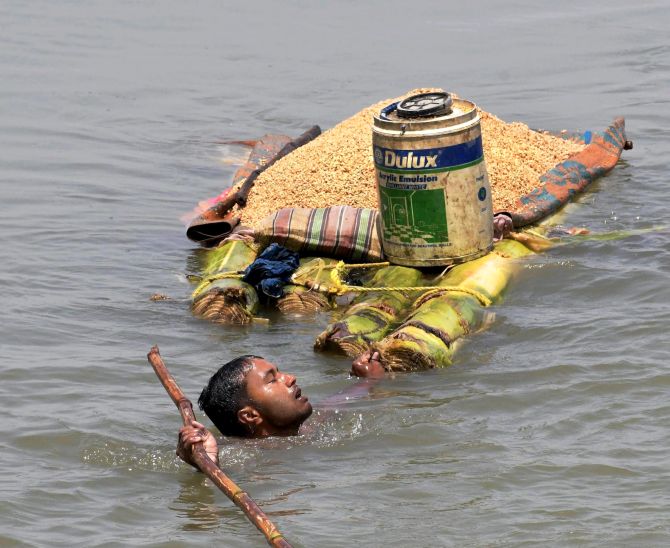
Is global warming certain now?
It depends on whom you ask. The atmospheric scientists are pretty convinced. They say forget about the details.
Just look at how the weather is changing. The Arctic is melting, nobody can doubt that, the evidence is very strong.
Or if you look at the extremes of weather, the frequency of the extremes is increasing. There, the evidence is very strong.
Now, that would be consistent with what the models are saying. Basically, the change in the extremes would be more noticeable than the change in the average.
So, even a degree or two might not change the mean rainfall here very much.
If you look at the monsoons of the last twenty years, extremes of a certain kind are more common.
So, atmospheric scientists say it is dangerous to ignore that this may be a possibility.
But, as I said, there are other people who argue against it and there are some pretty well-known physicists who argue against it.
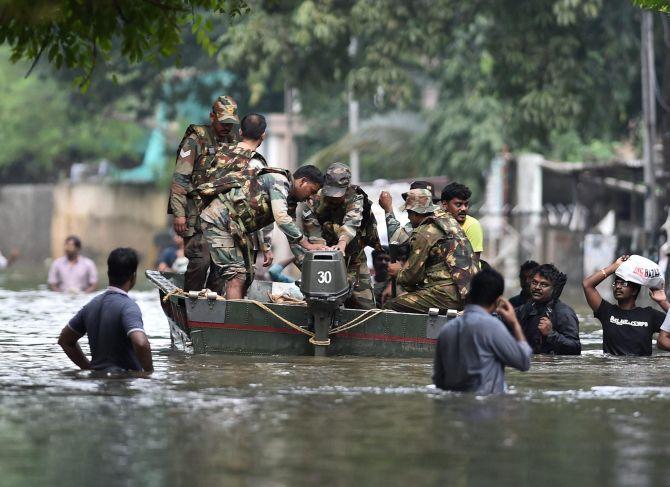
What about earth scientists, oceanographers?
I think by and large earth scientists are more or less convinced that this is happening.
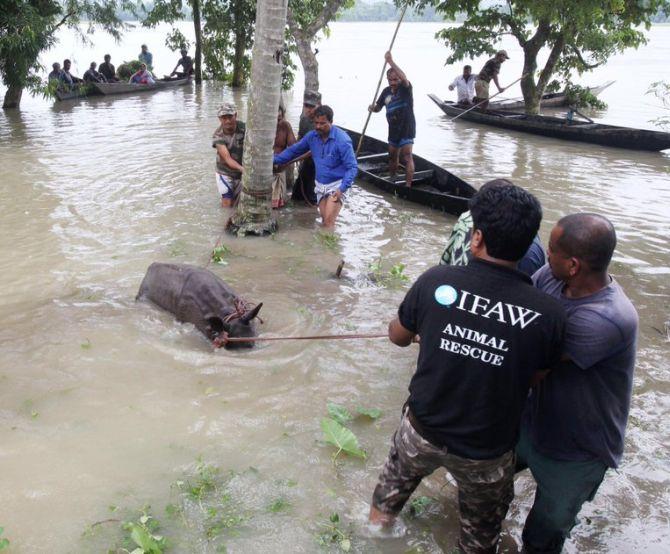
The 2016 floods left 80 per cent of the Kaziranga National Park under water, forcing rhinos to find dryer land. Photograph: Kind courtesy @wti_org_india/Twitter
Who is not convinced?
A large number of businessmen are not convinced.
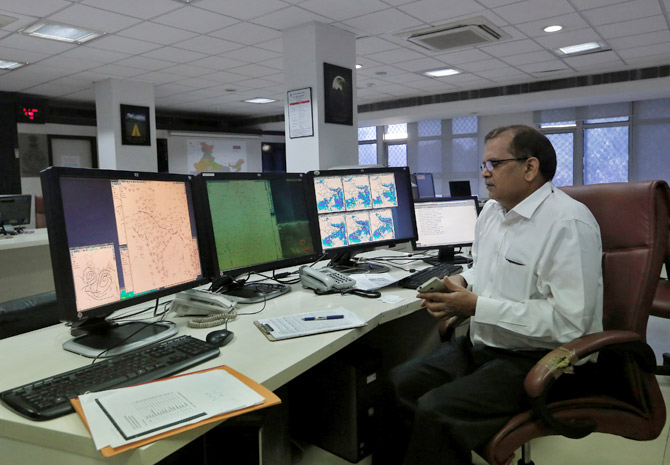
Within the scientific community?
Within the scientific community a small group of physicists who are quite distinguished, I wouldn't say they are people who don't know anything and it comes from the way they do physics.
In physics generally a question has either yes or no as the answer. And so they will want some clinching evidence.
Their point may be translated as 'there is no clinching evidence in favour of climate change. It is variable, but we have always known that it is variable.'
'There is not even strong evidence that the variability has changed,' they would say.
But the people who look at extremes say the evidence is getting stronger and stronger. It is stronger than it was ten years ago.
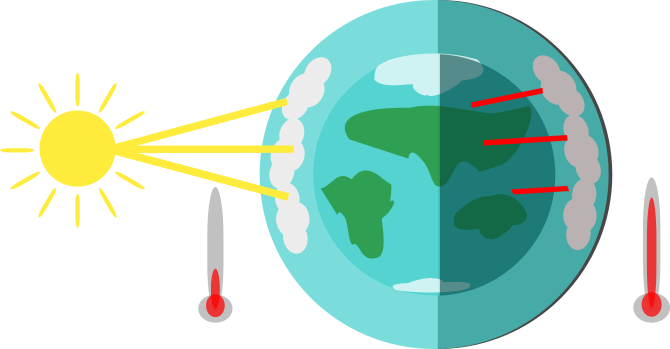
But it is still based on just 100 years of reliable data?
You are quite right that is a problem. So the debate goes on.
However on clouds everybody agrees.
What is the greatest uncertainty in these climate models?
The greatest uncertainty is clouds, particularly the interaction of clouds with radiation. It is complex.
For example, if you have an overcast sky during the day it is a bit cooler because the solar radiation is not coming down to us, it is getting reflected back.
But during the night an overcast sky is warmer.
Why? The sun is not there, but the Infrared from the ground gets reflected back from the clouds.
So, an overcast day is pleasant, an overcast night is warm.
This is a spectacular everyday example of how clouds interact with the radiation.
So a lot of uncertainty is because of this interaction.
The monsoons are of great interest to India and increasingly everywhere in the world.
Over the last 20 years, people have discovered other monsoon-type climates in the world.
Till now, the monsoon meant the Indian monsoon, but now you have to say 'Indian Monsoon', because there is also an Australian monsoon, also an African monsoon, although they are not of the same scale as the Indian monsoon.
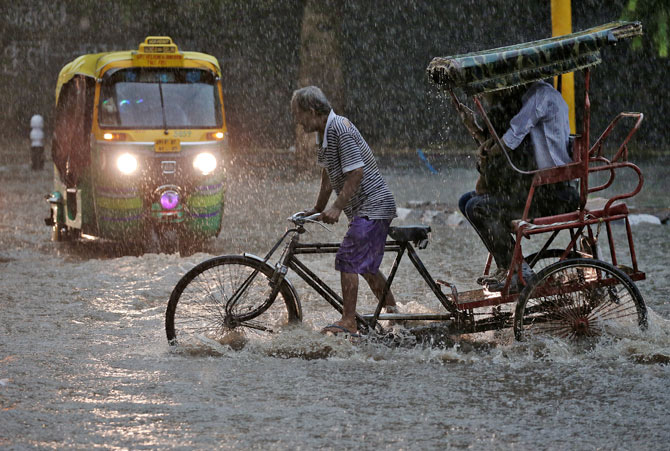
Is the monsoon specific to the Indian subcontinent or is it also present in other parts of Asia?
They are elsewhere, but they are on a smaller scale.
Now there is a more general definition of monsoon that it is a switch in circulation and it is a fairly rapid switch in circulation at a certain point of the year and it occurs every year at around the same time.
That it is a cycle, so it switches on around early May late June and it switches off around September in case of the South-West monsoon.
So it depends largely on the contrast between land and sea.
So if you define it that way, as a seasonal switch in oscillation, you will find more than one.
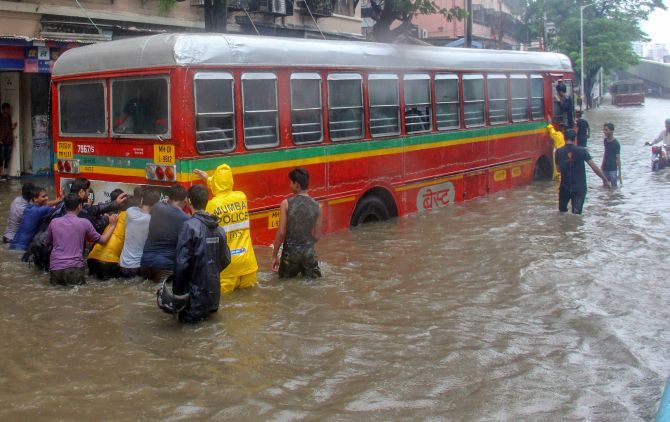
And the atmospheric circulation, when it brings moisture, you get rain?
Correct. When it comes in from the sea, it brings moisture and you get rain.
In monsoon regions like India the general interest is not in the temperature or wind, it is rainfall.
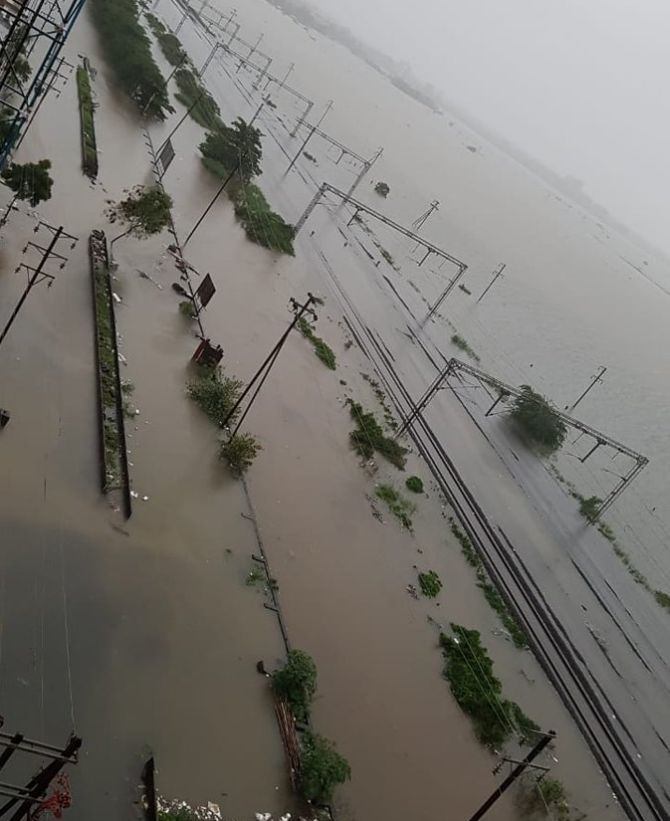
They have South-East Asian monsoon, it is the same thing.
If you live in England, rainfall is not a major variable. It rains almost every day.
It is a drizzle most of the time, so they are worried about temperature.
In India, we don't worry about temperature, because it is warm most of the time.
Our variable is rainfall. Rainfall is one of the hardest things to predict.
Temperature and wind can be predicted more easily than rainfall. Rainfall, as common experience suggests, is very spotty.
It can be raining here in Malleshwaram, but not on the old Airport road in Bengaluru.
So, in space and time it is very spotty.
The last bit of physics required that tells us whether it is going to rain or not is very hard.
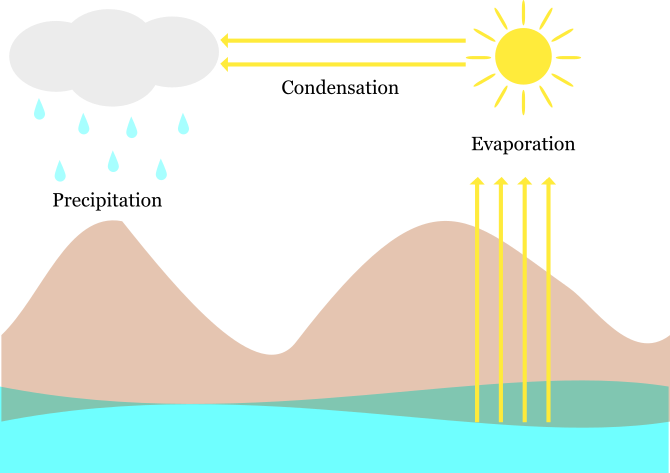
There is moisture, which you can measure, but under what conditions will it precipitate? Is that they key unknown?
Yes, under what conditions will it precipitate, is the key thing, and how much and where.
If you ask a physicist about condensation he will say we know the law, it was discovered more than 100 years ago.
At each pressure, there is a particular temperature at which water vapour will condense into liquid water.
But that is not enough.
Most of these cumulus clouds, or the kind that you see in Bengaluru and most parts of India during the monsoon, are actually flow clouds.
They are bubbling up from the ground. And therefore there is a very complex fluid dynamics associated with it, it is not just thermodynamics.
This is fluid dynamics and thermodynamics interacting.
So you can very crudely say, a cloud starts with a warm patch on the ground, light air rises and if it is moist, at some stage, it will reach the condensation temperature and condense.

Gets heavier and comes down?
No, it doesn't get immediately heavier. All clouds don't rain.
If the convection is sufficiently strong it will just carry it up.
If you keep condensing more and more, at some stage all the water vapour has condensed already.
For it to fall as rain, the droplets have to get bigger. Big enough that their weight will make them fall.
If they are very small drops, they won't fall, they will be carried with the wind.
Only if the drops are large they will fall against the upward flow within the cloud.
And that has not been understood to this day.
Because, clouds interact in a very complicated way with the air outside.
Suppose you induct a lot of air from the outside and you have moist air inside, even if it has condensed the air from outside will dilute the cloud.
It is dry air. Therefore, clouds and precipitation are still an unsolved problem.
Production: Ashish Narsale/Rediff.com
